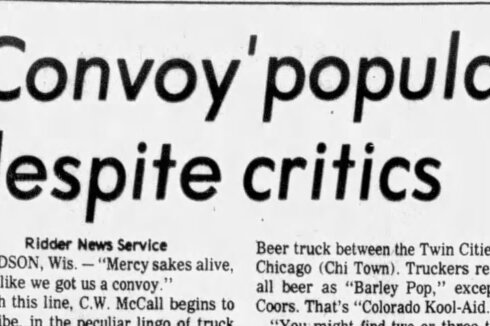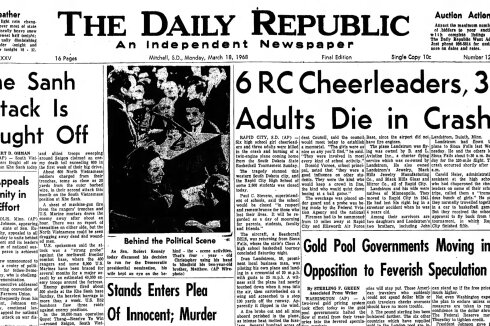RAYMOND, Minn. — No Christmas meal is complete without dessert, and in many homes, it’s virtually become a tradition of its own to top the holiday pies and treats with Cool Whip.
It may surprise many to know that the food scientist who invented the popular whipped topping started life as a child in Raymond, Minnesota. He had a big role in developing the quick-setting, modern version of Jell-O we know today, which is certainly another holiday favorite for many Midwesterners.
ADVERTISEMENT
The late William A. Mitchell was a prolific inventor of many popular convenience foods and treats. Cool Whip , Tang and Pop Rocks candy are the best-known among them. He invented powdered egg whites, which can be found on grocery shelves today under many labels.
He is often praised as one of the most prolific inventors during his career with General Foods in New York.
His first product of some renown was called “Mitchell Mud” by U.S. infantrymen in World War II. He developed the tapioca substitute due to the disruption of cassava supplies during the war, according to accounts of Mitchell’s career.
His career with General Foods spanned 35 years and coincided with America’s growing love for convenience foods. His best-known inventions became part of popular culture in the 1960s and 1970s.
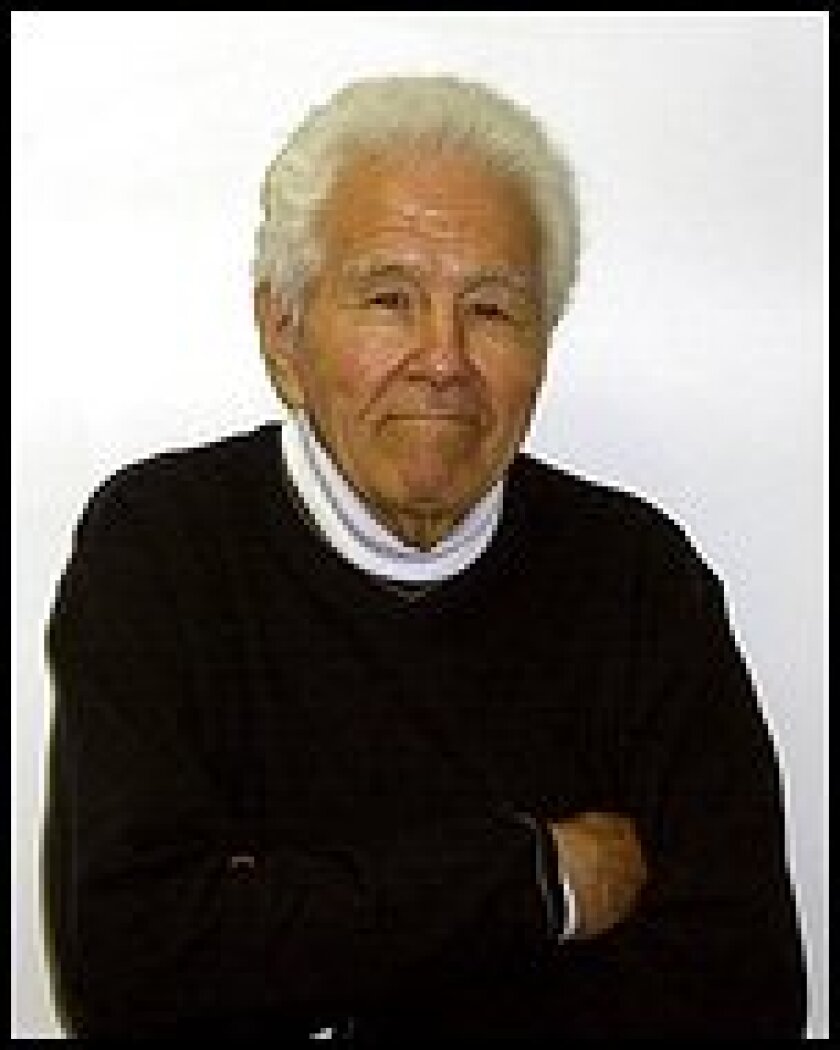
Mitchell was born Oct. 21, 1911, in Raymond to William and Florence (Fletter) Mitchell. It’s believed he was born on a farm in Woods Township, Chippewa County, according to research by Bob Larson at the Kandiyohi County Historical Society.
Larson said he could not find any records indicating what brought the family to rural Minnesota. Nor could he find any records indicating that other relatives were living in the area, or other family who may have stayed.
The family shows up in census data as living in Colorado in 1920, although they may have moved years earlier.
ADVERTISEMENT
It may be just an urban legend, but some in the Raymond area believe William Mitchell was no more than 3 months old when the family moved, according to Diane Macht of Raymond, who helped found the Raymond Museum. She said it is difficult to find much information about the Mitchell family’s local roots.
Unfortunately, she said many are probably not aware of Mitchell or his ties to the area. The community of Raymond has not really made a point of celebrating him as a native son, she said.
“For us at the museum, it’s a bit of an oddity,” she said. “I’d love to have more information.”
Accounts of Mitchell’s life describe his childhood years in Colorado as the most formative in his later career. Magazine and newspaper stories of his life describe him as a hard-working youth. As a teenager, he ran the sugar crystallization tanks at the American Sugar Beet Company in Colorado, according to a Wikipedia page on Mitchell.
The young Mitchell hopped a train to get to Cotner College in Lincoln, Nebraska, to begin his college studies, according to an account of his life in the Smithsonian magazine by author Emily Matchar. He earned a master’s degree in chemistry from the University of Nebraska. He went to work at the Agricultural Experiment Station in Lincoln, where he was badly burned in a lab explosion, according to Matchar’s article in the Smithsonian.
Mitchell and his wife of 60 years, Ruth, were parents to two daughters and five sons. Their youngest daughter, Cheryl Mitchell, also became a food scientist and is well-known for developing plant-based milks.
Mitchell invented Pop Rocks while working as a research chemist at General Foods, according to his obituary, which described the carbonated treat as “the hit candy craze of the ’70s.” He held more than 70 patents, but Pop Rocks “gave him a measure of fame and was the most personally satisfying,” the obituary reads.
ADVERTISEMENT
Pop Rocks candy was invented in 1956 and patented in 1961. Mitchell was looking for a way to make instant carbonated soda by somehow trapping carbon dioxide into candy tablets, according to the website of the current Pop Rocks brand. That experiment did not turn out, and the formula was shelved for 20 years. According to the company, another chemist came across the formula, reworked it a little and turned it into Pop Rocks.
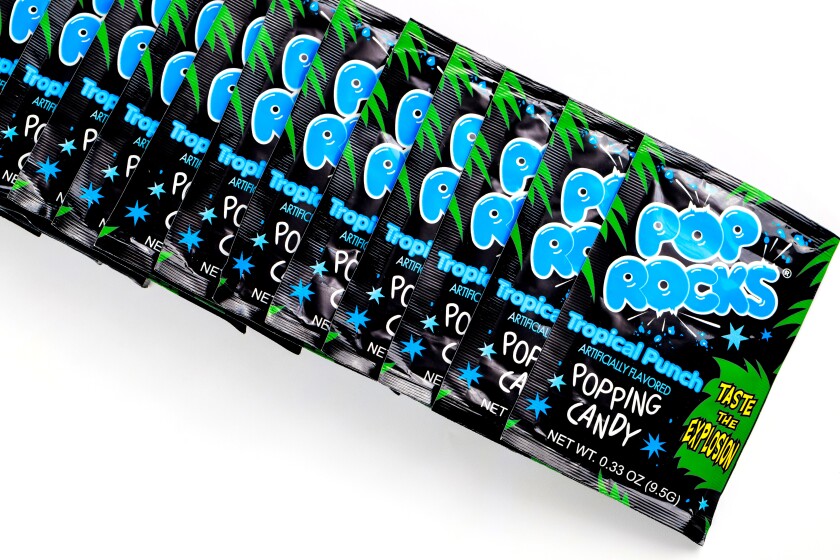
For the uninitiated, the Pop Rocks company describes the candy as “small pieces of hard candy that have been gasified with carbon dioxide under superatmospheric pressure. When these gasified sugar granules come in contact with moisture, in someone’s mouth or in water, milk, soft drinks, etc., the candy dissolves and the gas retained inside the carbon dioxide bubbles is released, causing characteristic crackling and fizzing sound.”
Startling but not dangerous, the popping candy became the subject of “exploded kid” rumors as early as 1979, four years after the product went to market, according to the Pop Rocks website.
General Foods took out ads, wrote letters to schools and sent Mitchell on the road in a publicity tour to explain that Pop Rocks “generate less gas than half a can of soda and ingesting them could induce nothing worse in the human body than a hearty, non-life-threatening belch,” the Pop Rocks FAQ web page reads.
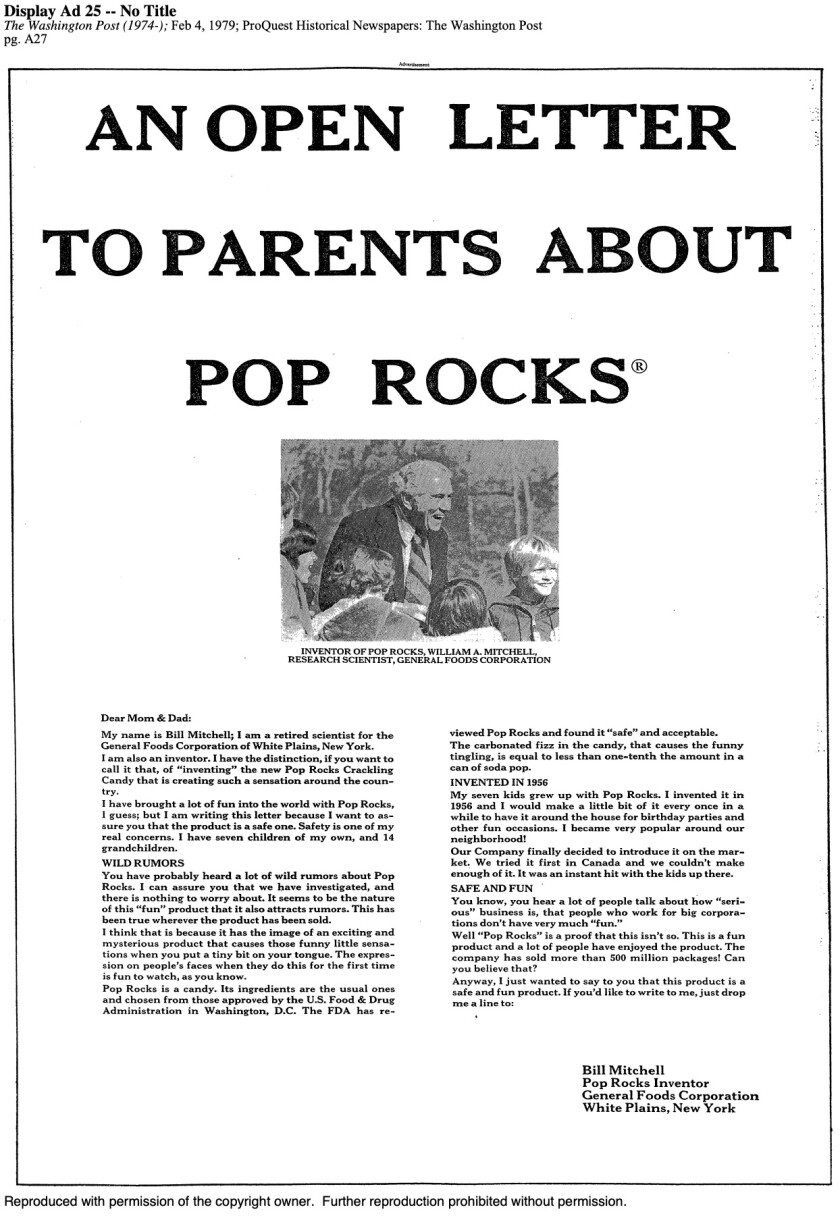
A full-page ad in the form of a letter from Mitchell to parents, including a photo of him surrounded by children, was published in dozens of newspapers on Feb. 4, 1979. In it, Mitchell notes that with seven children and 14 grandchildren of his own, safety is a real concern of his.
“My seven kids grew up with Pop Rocks. I invented it in 1956 and I would make a little bit of it every once in a while to have it around the house for birthday parties and other fun occasions,” the letter reads in part. “I became very popular around our neighborhood!”
Within a year, the candy had disappeared, according to an Arizona Republic story.
ADVERTISEMENT
“General Foods withdrew (Pop Rocks) from the market because it didn’t fit in with the long-term corporate strategy,” Paul Steidler, an account executive for Clarke & Company, said in the Arizona Republic account by Linda Helser.
The story published March 5, 1987, was written about the limited reintroduction of the candy in Arizona. Clarke & Company was the public relations firm promoting the candy at that time.
According to Helser’s account, the candy had disappeared in 1980, and a Buffalo, New York, company in April 1985 obtained the rights to produce and distribute Pop Rocks.
According to the Pop Rocks website, the candy was briefly discontinued in the mid-1980s. It is again a national brand, and Pop Rocks Inc. today is based in Atlanta.
Mitchell also developed the flavored drink known as Tang in 1957, but it was not a commercial success at its start. That came later, after NASA sent Tang into orbit in 1962 with astronaut John Glenn aboard a Mercury spacecraft.
It was in 1967, or five years after Glenn’s historic space flight, that Mitchell patented a quick-set form of Jell-O, according to “How Stuff Works.” The new Jell-O could be made with cold water instead of hot water.
Not all of his products met with fame. A coffee substitute known as Dacopa, made from dahlia tubers, did not find success.
ADVERTISEMENT
Mitchell died at age 92 on July 26, 2004, in Stockton, California. His wife, Ruth, preceded him in death on June 2, 1999, at age 85.
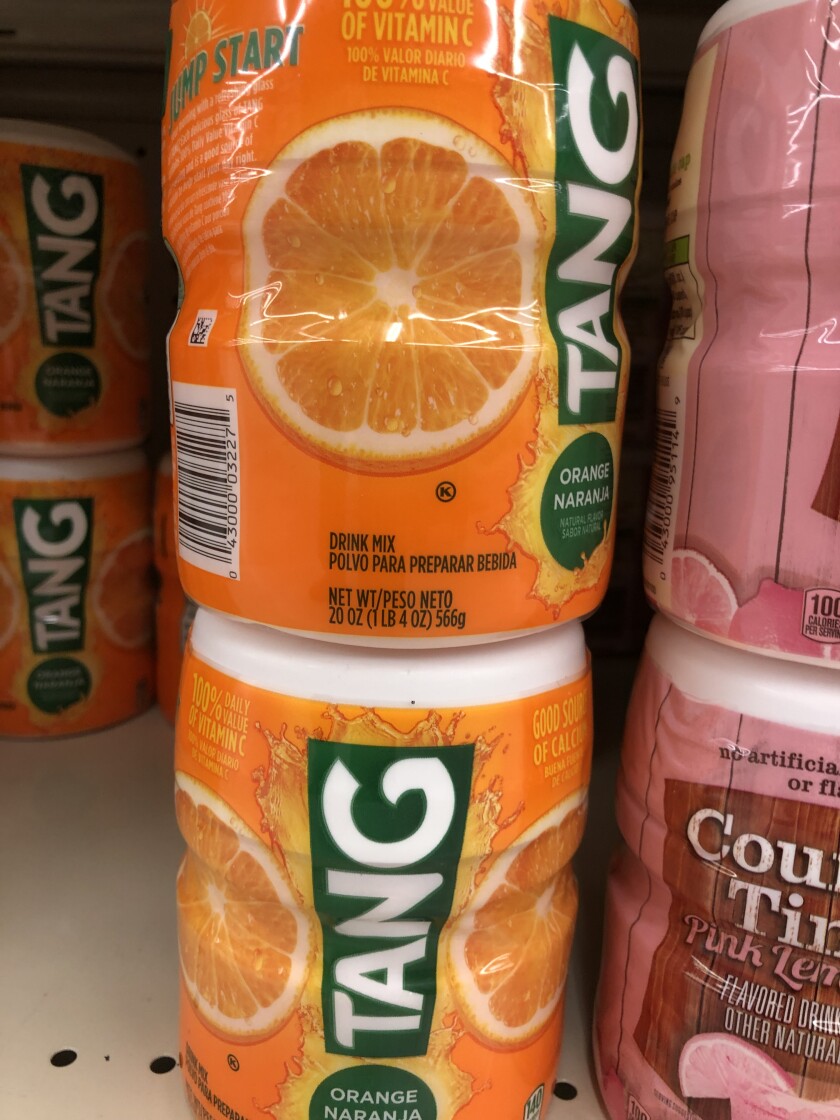
Feb. 4, 1979, Pop Rocks ad by West Central Tribune on Scribd




